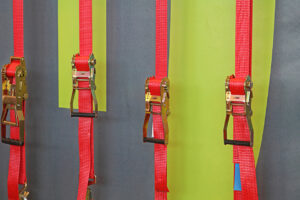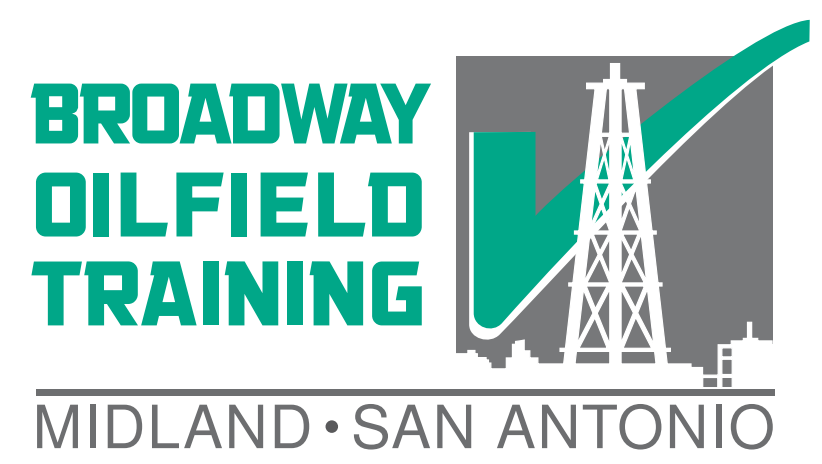Midland Load Securement Training
Cost: $40
Duration: 1 Hour
This one hour DOT/FMCSA Secured Load training course is ideal to understand the requirements under the load securement standard.
Schedule Load Securement training in Midland from the course calendar below or by calling (432) 203-8332 or email the office
Take the class online by going to www.oilfield.training/p/load-securement

Click on a service below for the online calendar and registration form.
Cargo management is an essential component of every sector of the economy. The employees are responsible for loading and unloading items in a secure manner to prevent damage to the products being handled or to other workers in the area. It used to be a process that was carried out manually known as shifting. It is now mechanized to a significant degree. When loading products and equipment, shipping operators need to keep a few considerations in mind at all times.
It is essential to have someone on every worksite familiar with the correct way to operate the various pieces of machinery. During transit, if a load is not securely maintained, it may result in several significant complications. The methods that are used to secure loads include dunnage, strapping, fasteners, and lashing.
Practices to secure loads:
To prevent the workers from injuries, the following are the best practices that are used to secure loads:
- Workers and autonomous operators should get training to detect the hazard posed to the public and themselves by objects that become displaced.
- When laying straps over weight, knot a rope with a ball at the end of the strap and then place the straps over the load. Ensure that there is nobody in the area on the opposite end of the trailer. If there is someone on the opposing side who is assisting you, tell them to take a back position. After that, you need to toss the ball over the load and draw the strap over to the other side.
- Loading and unloading may also need the use of specialized machinery like cranes and forklifts. Drivers should not control this equipment unless they are qualified based on their expertise, and awareness of industrial health and safety regulations. This equipment should only be used by drivers who meet all of these requirements.
- Find the optimal distribution of load. It is important to make sure that the weight of the cargo is centered and positioned as near to the axles as feasible to make use of the strength of the vehicle chassis. This is particularly true when dealing with higher loads. If you need to carry both heavy and light objects, place the larger items lower in the bag and make sure the smaller stuff is safe higher up.
- Ensure your products do not slip. The use of tie downs, cargo bars, and cargo netting are all effective means of preventing items from shifting about inside of a vehicle.
Therefore, all cargoes that are transported by motor vehicles must be properly restrained at all times, since this is both a legal obligation and a matter of good sense. This is done to safeguard not just the individuals who are loading and unloading the vehicle but also the persons who are driving it, as well as any other drivers or pedestrians who may be nearby. Understanding current fastening techniques, which include not just chains, straps, and cords, but also pallets and packaging is important. It is essential to ensure the safety of a load. This is a somewhat complicated problem that depends on having this knowledge. Fortunately, we have that knowledge directly from the FMCSA. Come in for load securement training in Midland today!
